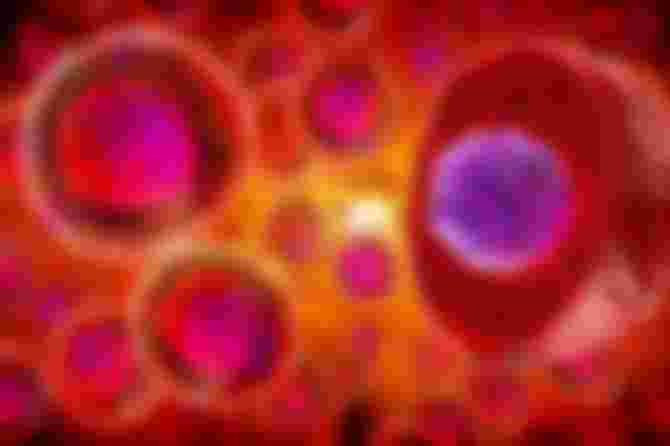Stem cells are undifferentiated cells that are present in the embryonic, fetal and adult stages of life and give rise to differentiated cells that are building blocks of tissues and organs.

Life-carrying stem cells
In some cases, the treatment of malignant or non-malignant blood diseases involves bone marrow transplantation. The possibility of transplantation rests on the immunological compatibility between the recipient and the donor. It is not always easy to find a compatible donor, especially if you are not a blood relative of the patient. In the eighties, doctors demonstrated that the umbilical cord blood of newborns possesses the stem cells of the blood and it was proposed to replace the bone marrow transplant, in some selected cases, by the transfusion of compatible cord blood.

Today, in addition to their logical use in hematological diseases, cord blood and bone marrow stem cells are used successfully in the treatment of cardiovascular disease that causes myocardial infarction. The results that have been obtained with the use of these cells in the treatment of patients with diabetes mellitus and degenerative joint diseases, such as osteoarthritis, are also promising. Likewise, in animal experimentation, the benefit of stem cells in cerebral vascular and neurodegenerative diseases, such as Parkinson's disease, has been proven.
For all this, the stem cells from the umbilical cord blood could be the answer and even become the protagonists of the medicine of the future.
Among its most notorious advantages are that of not presenting ethical dilemmas, since cord blood is normally discarded after delivery and its extraction does not carry any risk for the mother or the baby.
Second, it does not pose a danger of transmitting infectious diseases (such as AIDS or viral hepatitis) since its storage allows serological studies to be carried out on the donor, ensuring the biological purity of the sample. Finally, and perhaps most importantly, they are young cells (they come from a newborn) so they have divided less often than stem cells from adult tissues, reporting a greater capacity for regeneration.

Today, a large number of umbilical cord blood transplants have been performed in the world, to treat various diseases, including hematological malignancies, congenital immunodeficiencies.
How to obtain Stem Cells?
After delivery, the doctor cuts the umbilical cord that connects the baby to the placenta (the placenta and the cord are usually discarded). At that time, the blood that remains in these tissues is recovered and collected in special sterile bags. The blood is sent to the cryopreservation laboratory, where the red blood cells and part of the plasma are extracted, thus separating the stem cells.

Cryoprotective substances (which protect cells during freezing) are then added and it is frozen at extremely low temperatures (-190 ° C). In this way, the healing potential of the baby's cord blood is preserved without any risk.
Preservation in Blood Banks
A cord blood bank has frozen samples for personal use only and samples that are for general use.
Samples for personal use are those that can only be used by the newborn from whom the cord blood sample was drawn, or by a relative, with the prior consent of the baby's parents. The general use samples are donated to any patient who requires them, after checking the immunological compatibility with the donor.





